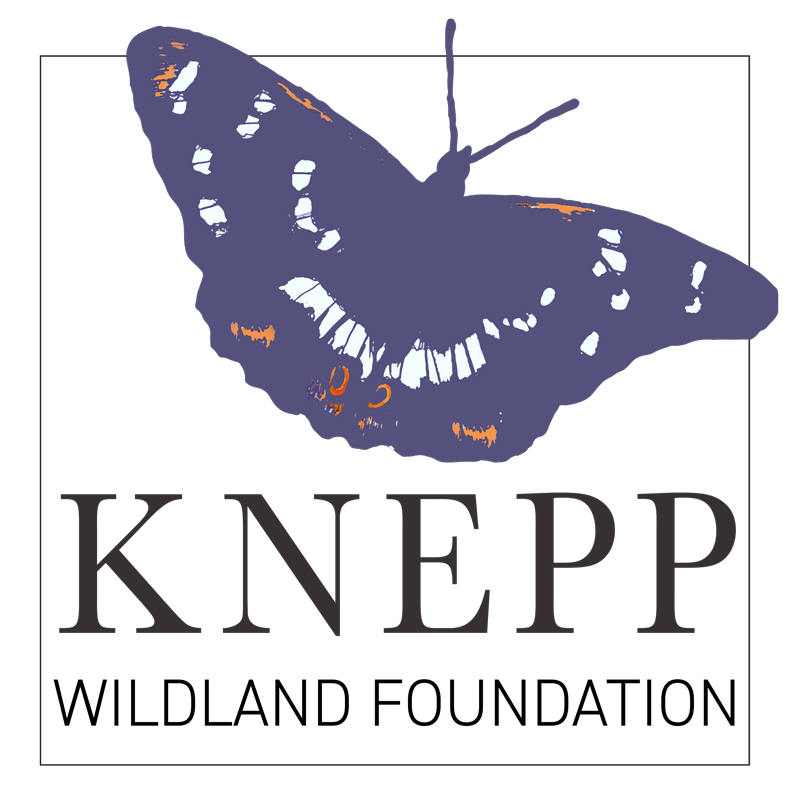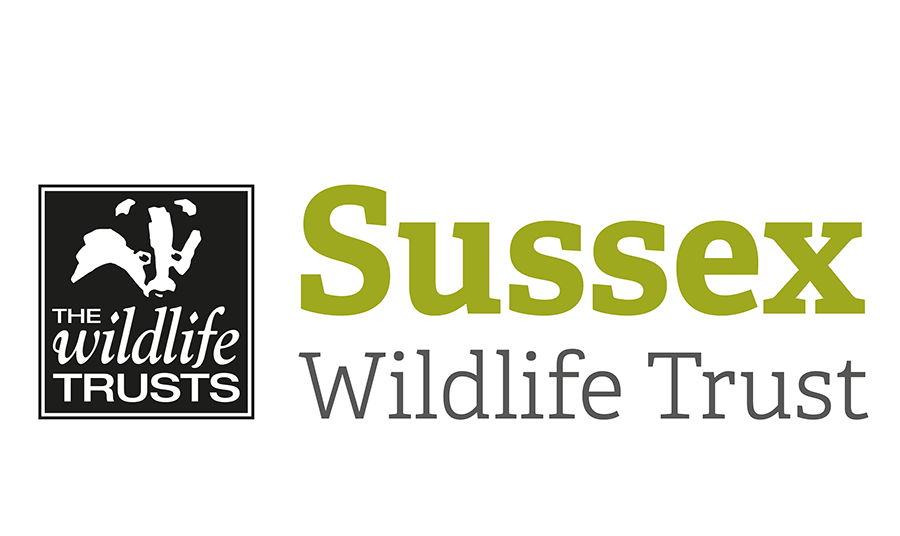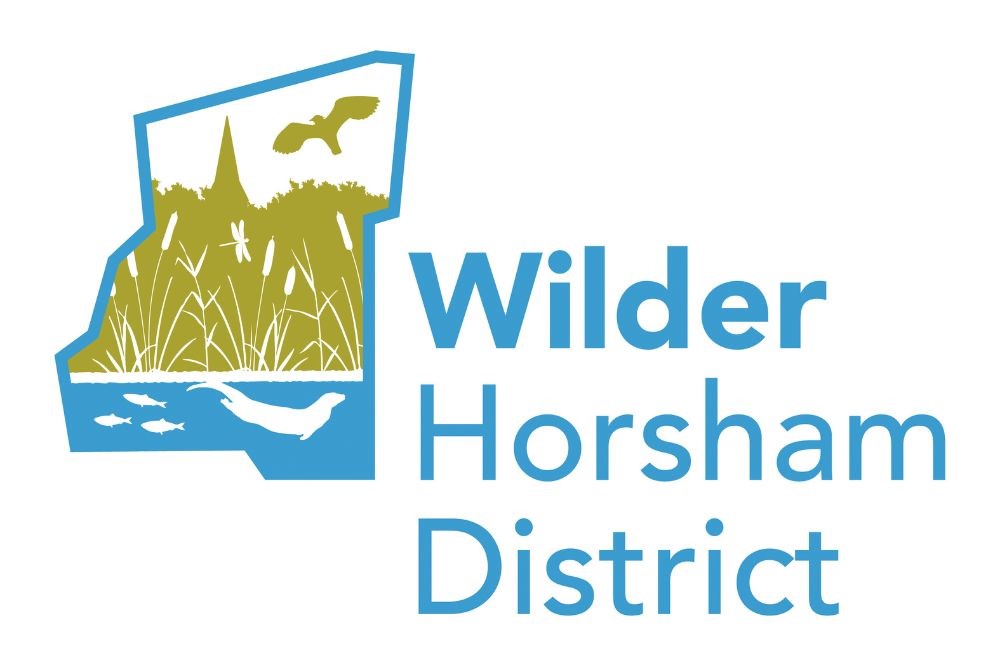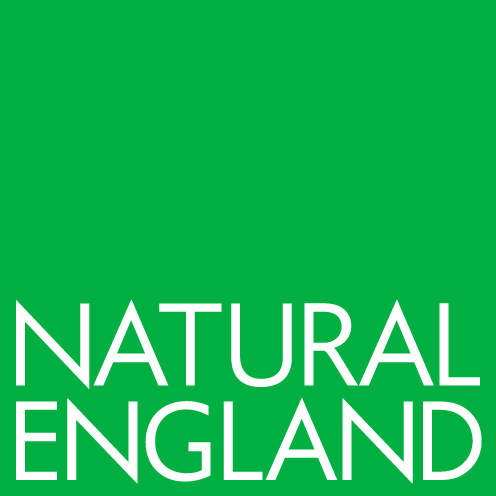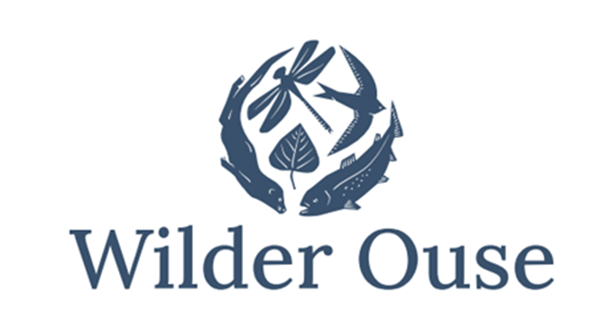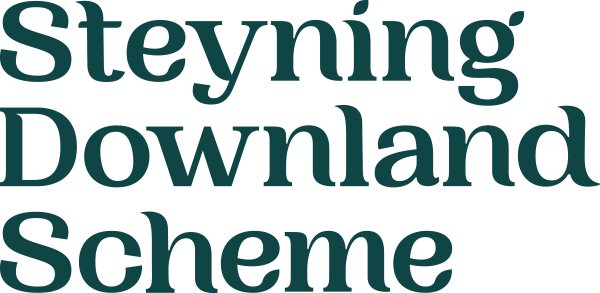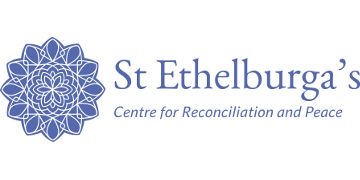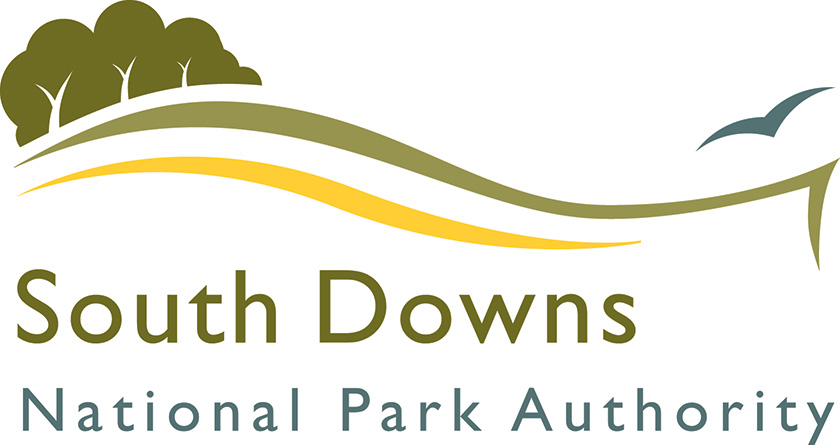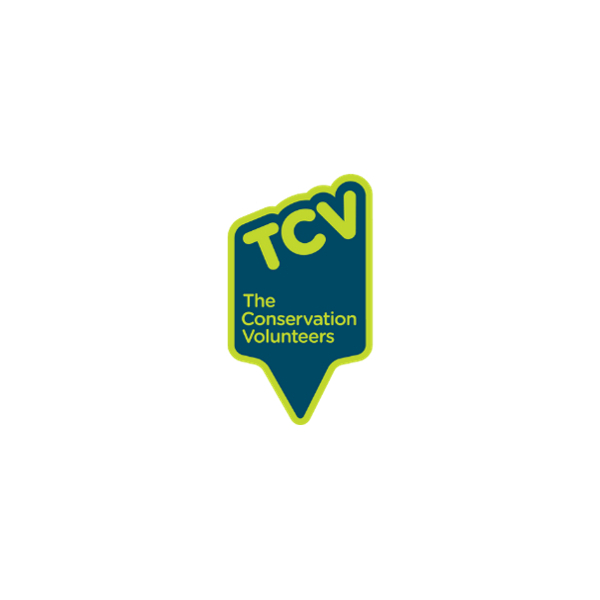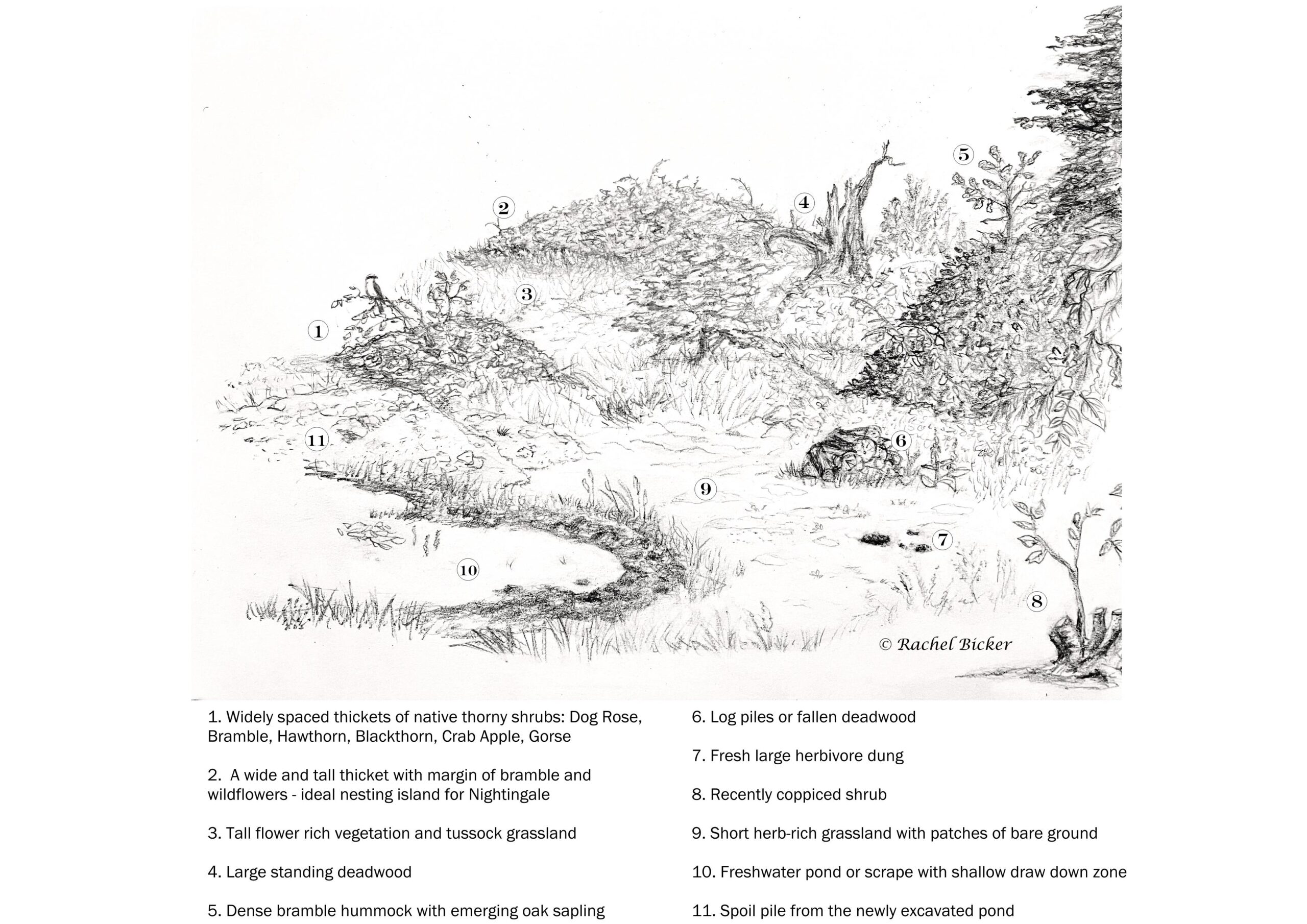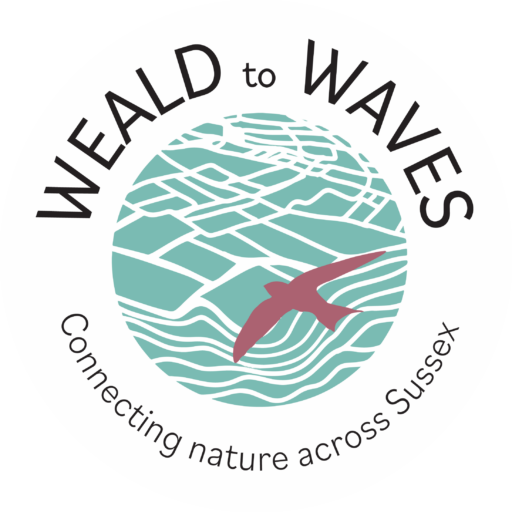
Scrubland Superheroes
About The Project
Scrubland Superheroes is a collaborative nature recovery project led by the Knepp Wildland Foundation and funded by Natural England. It aims to restore and create scrubland habitats across Sussex by working with landowners and partners within the Weald to Waves corridor. Together, we’re bringing this overlooked but vital ecosystem back to life to support wildlife and build a more resilient and connected landscape.
Why Is Scrubland An Important Habitat?
Scrub is one of the UK’s most overlooked but ecologically valuable habitats. Often seen as untidy or unproductive, it plays a crucial role in supporting wildlife and building resilient landscapes. A mosaic of dense shrubs, young trees, and open areas, scrub creates rich and varied conditions that provide food, shelter, and breeding sites for many species. These include some of our most threatened birds such as the turtle dove, nightingale and red-backed shrike.
Scrub also connects different habitats, acting as a natural transition between grassland and woodland. This makes it especially important for species that need to move through the landscape to find food, mates or nesting sites. Restoring scrub helps boost biodiversity, encourages natural regeneration, and contributes to climate resilience.
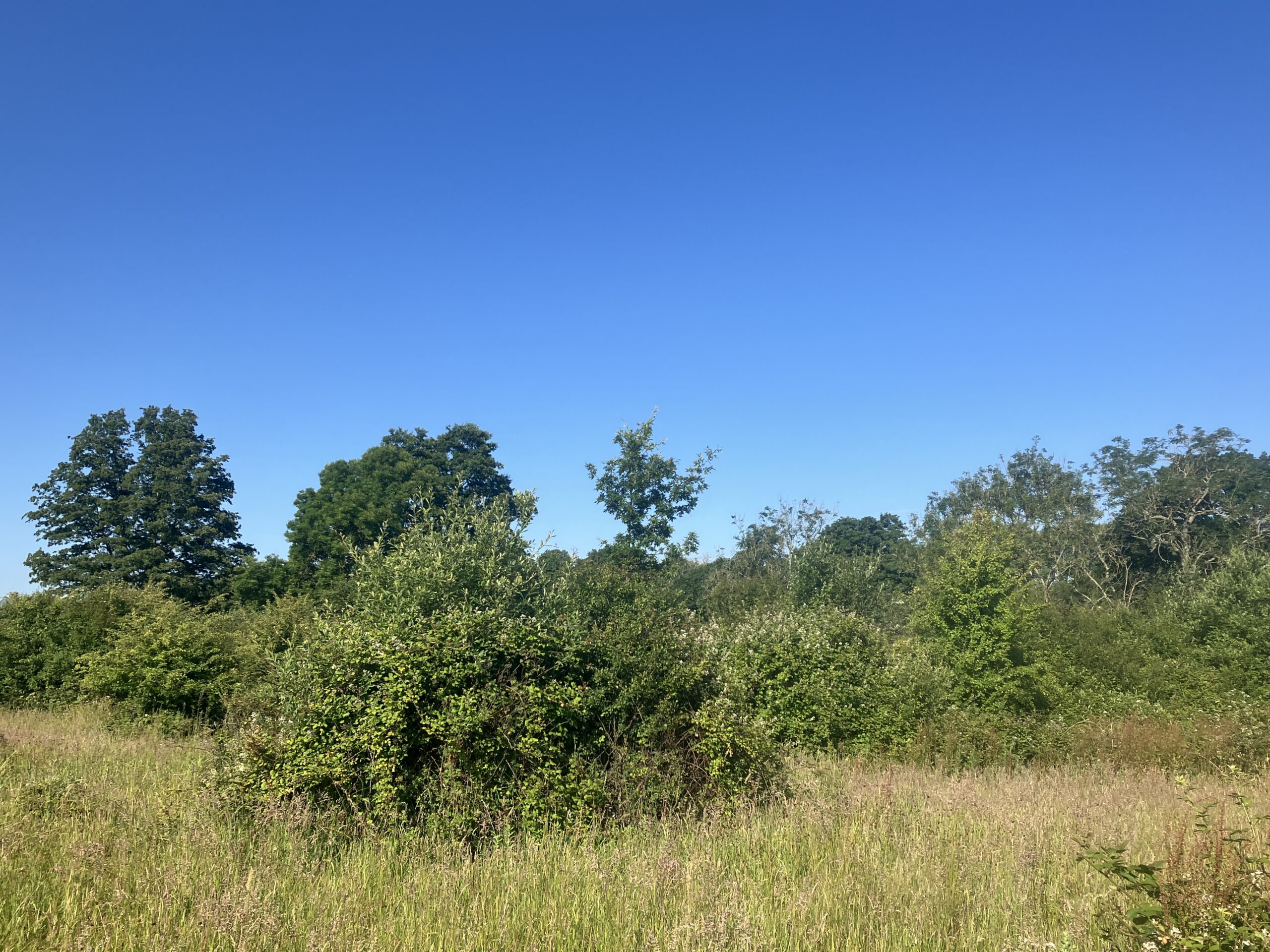
What Does Healthy Scrubland Look Like?
Scrubland is most valuable when it forms a varied and dynamic habitat. A healthy scrub mosaic includes a mix of open areas, dense thickets, scattered trees and edge habitats, each supporting different species and functions. The diagram below shows key features that together create a thriving, wildlife-rich scrubland.
Key Scrubland Species
Nightingale
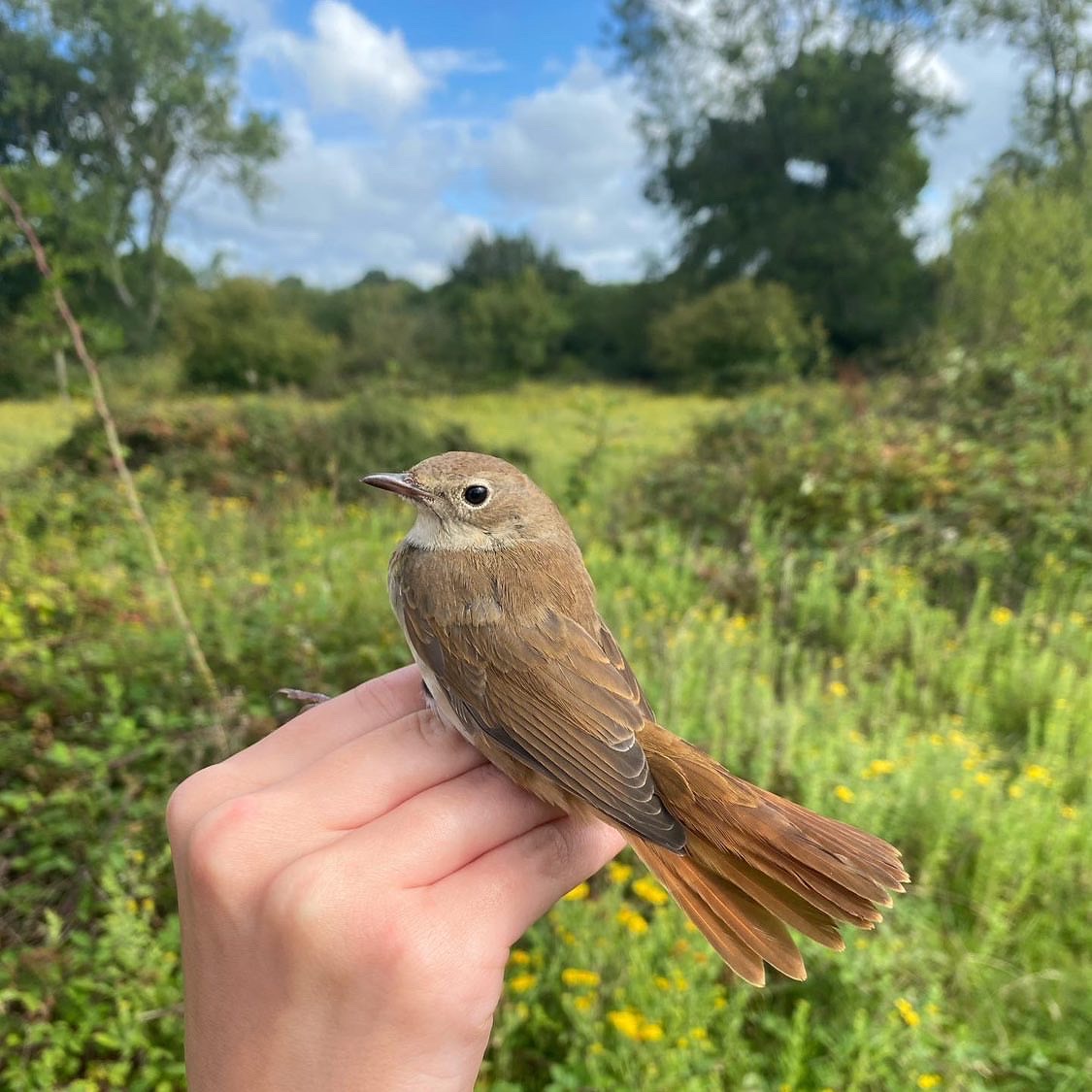
Brown hairstreak
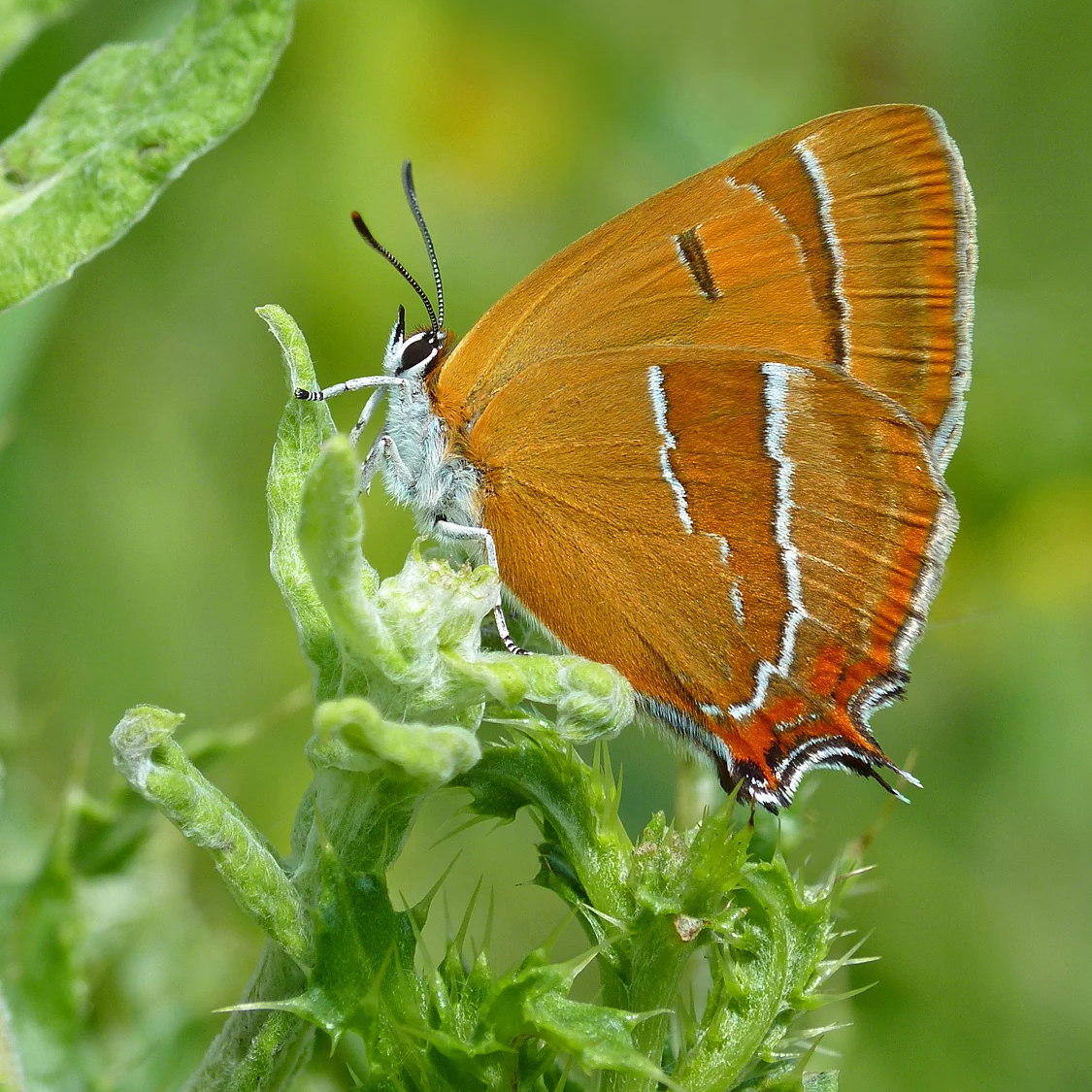
Common lizard
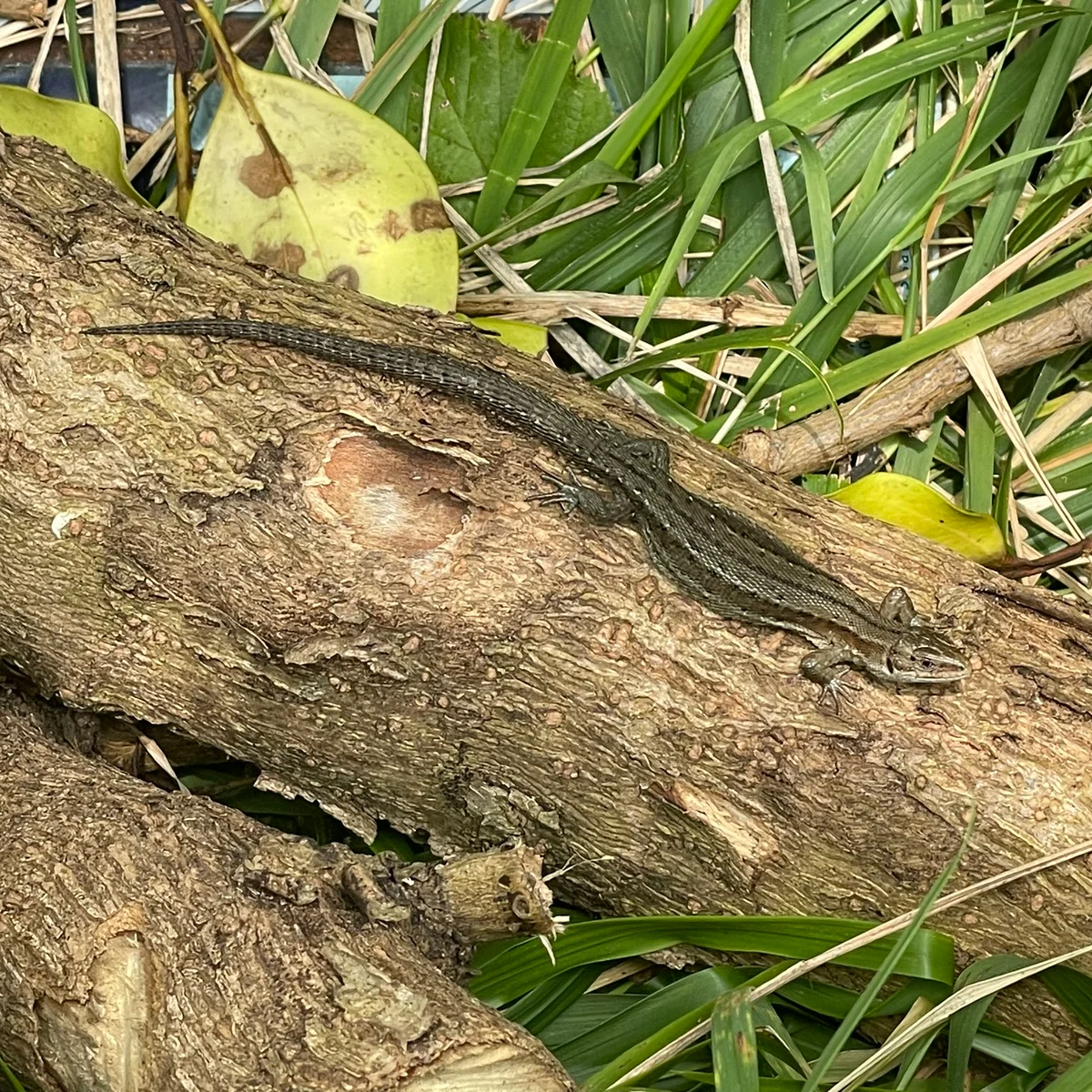
What do Scrubland Superheroes do?
We are working with land managers at twelve sites across the Weald to Waves corridor, to restore stepping stones of this valuable mosaic habitat in the landscape, using a combination of planting and facilitating natural regeneration.
-
Scrubland and habitat creation
-
Habitat management
-
Baseline species surveys and habitat assessments
-
Fencing and nectar enclosure installation
-
Advice, workshops and practical support
And much more…
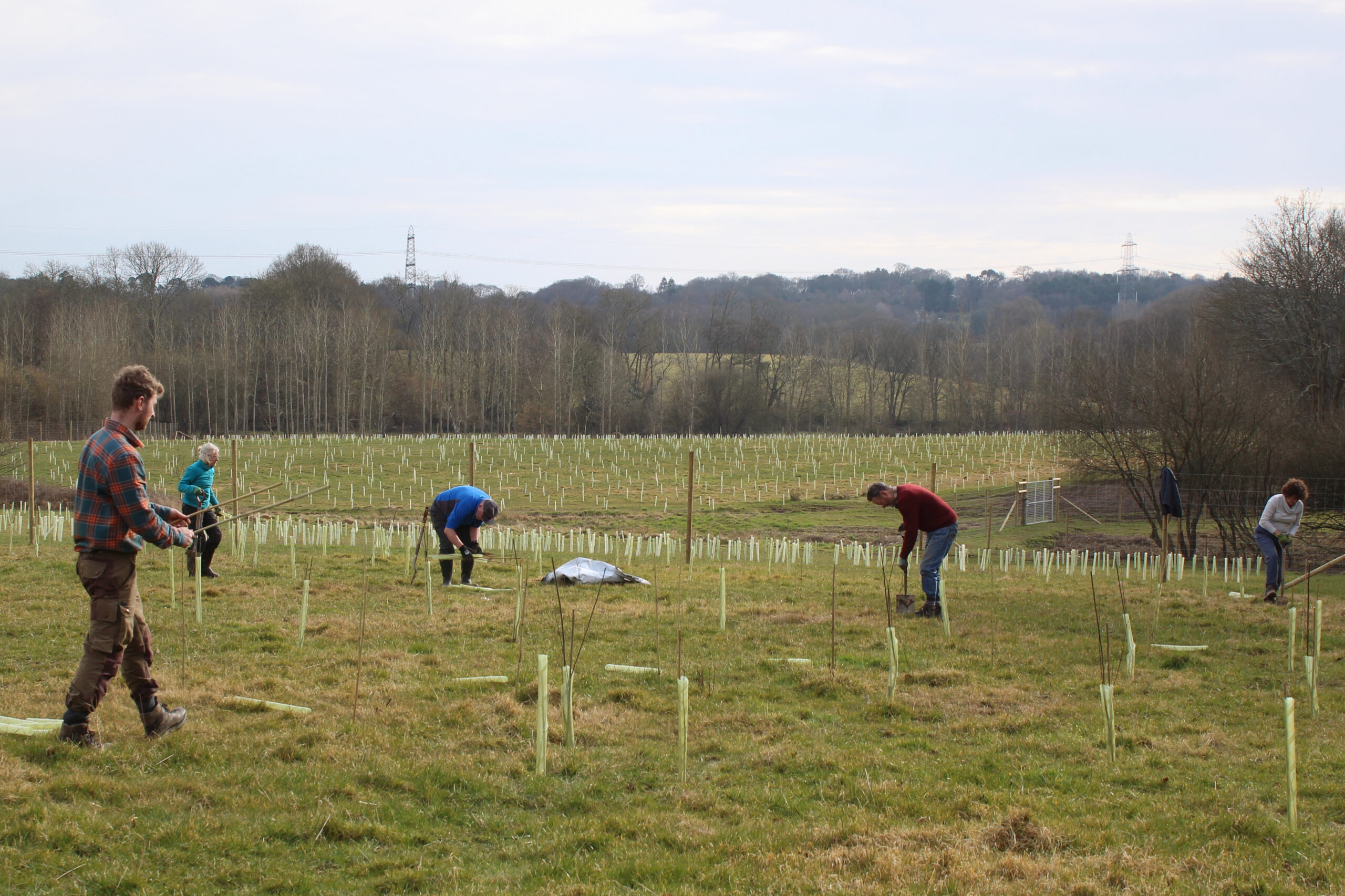
THE NUMBERS
Latest Stats
Scrubland Enclosures Built
Ponds and Scrapes Dug
Nectar Enclosures Built
Metres of Hedgerow Planted
Tree Whips Planted
Wildflower Plant Plugs Planted
GET INVOLVED
BECOME A SCRUBLAND SUPERHERO
Collaborative Effort
The success and scale of Scrubland Superheroes has been thanks to a team of amazing partners who have come together to restore this habitat across Sussex. Without them, nature recovery on a landscape scale would not be possible.
